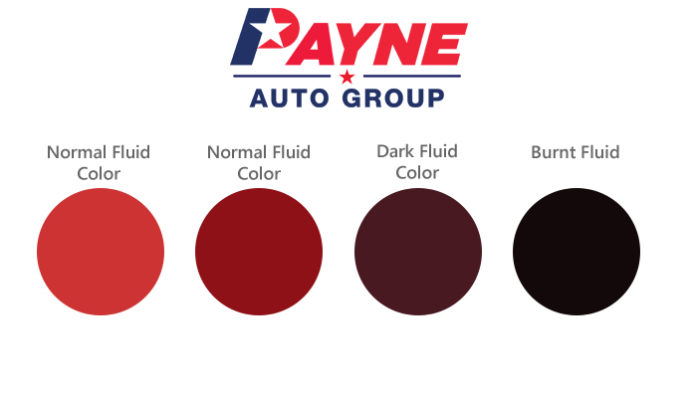If you’re driving a vehicle with an automatic transmission, the topic of transmission fluid is bound to arise. ATF, or Automatic Tranmission Fluid, does a number of things for your transmission. It’s vital that you properly maintain proper ATF levels, as its duties include cooling, clutch application and lubrication. It even serves as the connecting factor between your engine and transmission, per a torque converter. Additionally, ATF offers more friction and holding capacity while driving, acting as a sort of “glue”.
There was once a time where only two types of fluid existed: Type A and Type F. Today, there are four key types of fluid available, with dozens of styles and different brands to select from.
Check your owner’s manual to determine whether you are using the right type of ATF. You might also find the proper recommendation printed on your dipstick.
Follow these Steps to Determine your ATF Levels
Pull out the dipstick
With your gear in park or neutral and the parking brake engaged, pull out your dipstick while the engine is still warm.
Inspect the fluid
Use the tip of your finger to touch the fluid on the dipstick and rub it between your finger and thumb. It should be almost clear, with a pinkish hue. Inspect it for smell and to see if it contains any particles. If it does, it may be time to drain and change the fluid.
Wipe your dipstick, then reinsert and pull out again. If your ATF is clear but the levels aren’t quite up to snuff, use a funnel to top it off, taking care not to overfill.
Need help with your ATF? We’ve got you covered! Stop by one of our Payne used car lots to check out our latest inventory. Or to schedule an appointment with our Service Department, give us a call!



















